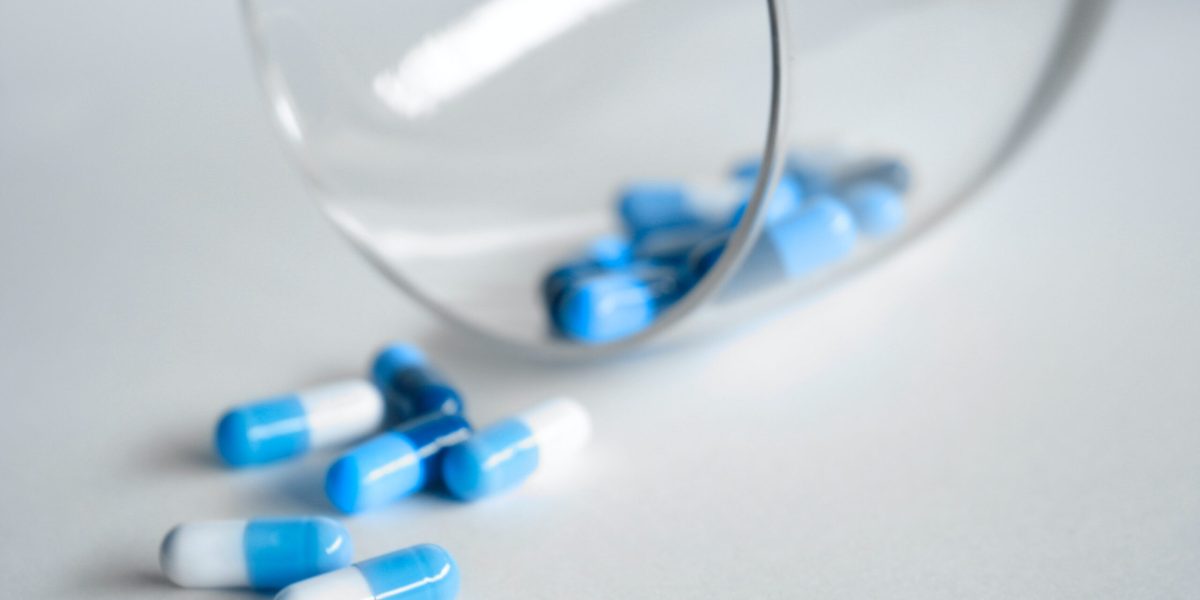Are the demands for early registration of clinical trials a problem for patenting?
The short answer is no – but it is necessary to avoid pitfalls.
Three elements are essential to consider with regard to patenting during the
development process of your pharmaceutical drug:
The publication
The publication of the clinical trial protocol can obstruct patenting. It is demanded that clinical trial protocols are accessible to the public through online publishing. If you have not filed your patent application prior to the publication of or carefully considered the information contained in the protocols, it could become impossible to patent your new drug at a later stage.
The time period
The time period from the idea to market entry. It is necessary to carefully consider the timing for filing the first patent application and the timing of the first marketing authorization in order to achieve the optimal duration of patent protection.
The costs
The costs connected with the clinical trials contribute to the long and very expensive process of getting the drug on the market. The better IP protection you have of your new pharmaceutical, the better chance you have of making a profit. Patenting safeguards the investment.
Publication of the clinical trial protocol is a legal requirement in order to achieve regulatory approval of a drug e.g. with the FDA in the US. The purpose of publishing the trial protocol before results are achieved is to ensure that the focus of the trials is not changed after the results are obtained. If the trials are not positive, i.e. not the expected drug effect, it can be tempting to instead use the trials to document any unanticipated drug effects.
However, this would not be correct scientific conduct. For the same reasons, the publication of trial protocols is also a demand from many scientific journals: many scientific journals follow the ICMJE’s guidelines; an example is the prestigious The New England Journal of Medicine.
Registration of clinical trials must be made via the American homepage Clinicaltrials.gov or through the Europe- an homepage clinicaltrialsregister.eu.
Both public and private research groups have to be very aware of exactly what information they publish and when. Publication risks ruining the possibility of patenting the trial drug at a later stage if many detailed expla- nations of what is being studied are stated, e.g. doses and the specific chemical formula of the trial drug.
The costs and the time period associated with getting a drug on the market can obstruct the obvious solution to the above problem: to file a patent application before the trial protocol is made available on the Internet.
However, in order to secure the investment made in developing the drug, as well as to maximize the profit, it is important to ensure any exclusivity period is as long as possible – i.e. that the patent protection extends for as long as possible after the drug is introduced to the market. It is tempting to postpone the filing of the patent application that specifically describes – and has patent claims that protect – the drug in the form that it will be marketed – but this can prove problematic.
The solution is to prepare a comprehensive strategy for the patenting of the drug. Often, there will be a commercial interest underlying the first filing of a patent application that will provide a broad scope of protecti- on for the selection of the right drug candidate and allows for modifications of the selected drug candidate.
Such a broad patent application is often not specific in relation to e.g. dose, formulation or patient population.
The broad patent application will provide exclusivity, but cannot necessarily create basis for getting an impor- tant extension of your exclusivity by up to 5 years, namely a Supplementary Protection Certificate (SPC).
Often a narrower and more focused patent application, filed at a later stage, will create the basis for a SPC. The narrower application must have at least one patent claim that directly defines the formulation of the drug that will enter the market.
Furthermore, the patent strategy should also take into consideration whether it is beneficial to patent the method of producing the drug, any intermediary products that are developed during production, as well as methods of identification and any alternative medical indications that may be treated with the drug.
All these considerations should be made together with your patent attorney – before the clinical trial protocols are published on the internet.
Need to know more?
If you wish to know more about Patents and Clinical Trials, please feel free to contact our expert Pernille Winding Gojkovic.
